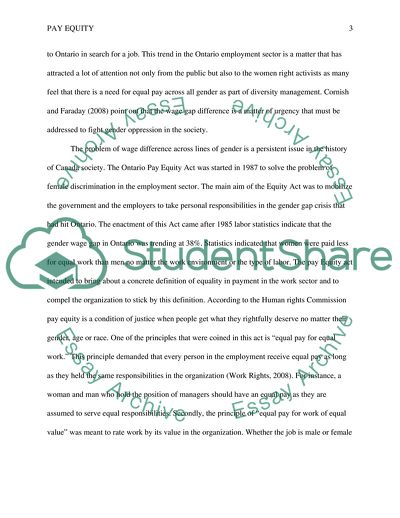Cite this document
(The Pay Equity Act Report Example | Topics and Well Written Essays - 1750 words, n.d.)
The Pay Equity Act Report Example | Topics and Well Written Essays - 1750 words. https://studentshare.org/law/1868131-essay2
The Pay Equity Act Report Example | Topics and Well Written Essays - 1750 words. https://studentshare.org/law/1868131-essay2
(The Pay Equity Act Report Example | Topics and Well Written Essays - 1750 Words)
The Pay Equity Act Report Example | Topics and Well Written Essays - 1750 Words. https://studentshare.org/law/1868131-essay2.
The Pay Equity Act Report Example | Topics and Well Written Essays - 1750 Words. https://studentshare.org/law/1868131-essay2.
“The Pay Equity Act Report Example | Topics and Well Written Essays - 1750 Words”. https://studentshare.org/law/1868131-essay2.


